What data recovery tools to buy if you want to start a data recovery business?
Free video data recovery training on how to recover lost data from different hard drives?
Where to buy head and platter replacement tools at good prices?
Data recover case studies step by step guide
I want to attend professional data recovery training courses
Actually quick advanced format is completely deleting all files and sub-directories, for there will not any more file or directory record in FDT and FAT, thus releasing the whole disk space.
Now let’s have a look at the changes of FDT and FAT because ofthe advancedformat. Before the quick format, the FDT content is as following chart:
After quick advanced format:
After the quick advanced format, the system will clear all directory registration entries inclouding recycle bin except a volume label (there is no data, naturally no deleted file or directory; recycling bin is unnecessary to exist; only for the first time simple deletion is executed, system will automatically establish this directory). Correspongdingly, before the quick advanced format the FAT content is as the following chart:
After quick advanced format, the content of FAT is as following:
We can see FAT is completely cleared. If files are saved incontinuously, it is very difficult to be recovered.
Then, after quick advanced format, will the content of sub-directory exist yet? After quick advanced format, FAT will definitely be zero, but file directory entrys of the sub-directory are reserved. For example, the following chart is the content of sub-directory after quick advanced format:
From the chart we may see, after quick advanced format, contents under sub-directory are not deleted; but there is no entrance record in FDT and FAT, so, for operating system, they do not exist. Here we call out the contents of the cluster making use of some tool software to record the clusters where them were before format; at the same time we may see the cluster of contents is not covered. However, if we do not back up before format, how do we know in which clusters they are stored? And how can we explain the contes of the cluster? So here we call out the past record, but this does not mean we know their condition before the format. Actually, for operating system, quick advanced format itself can not be reversed.

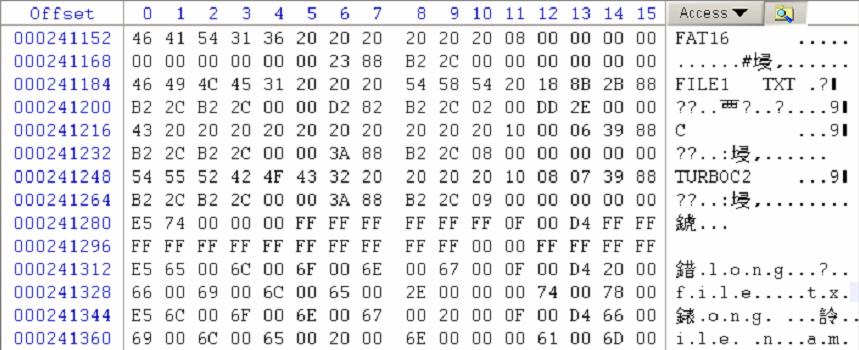

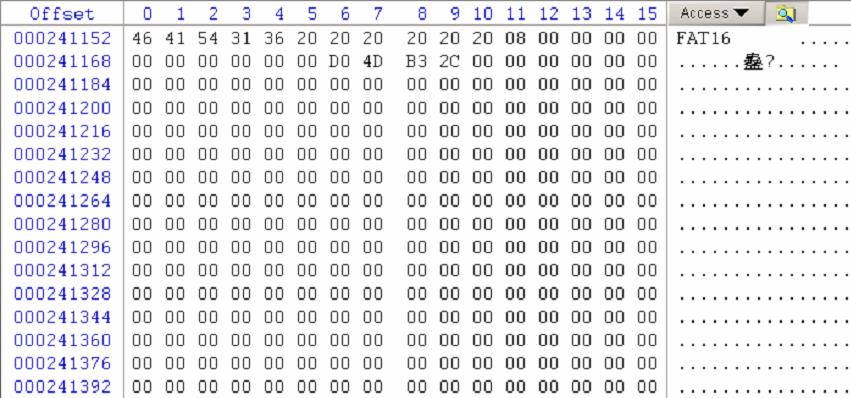

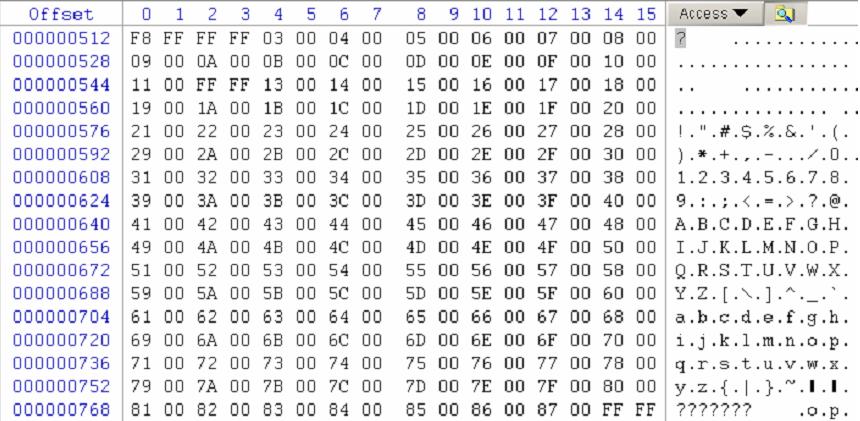

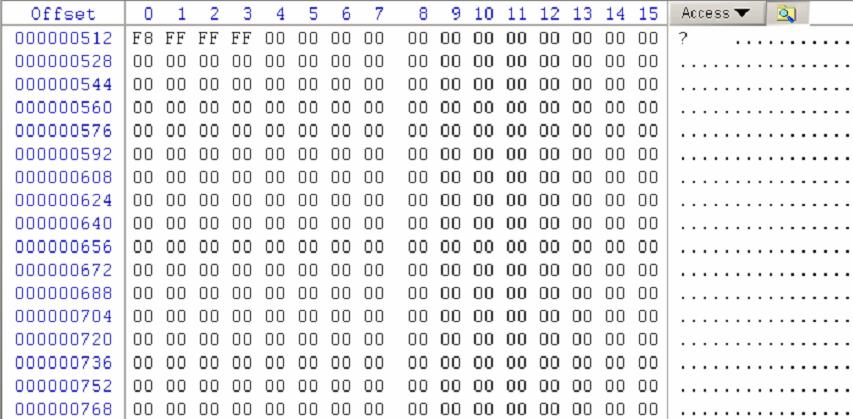

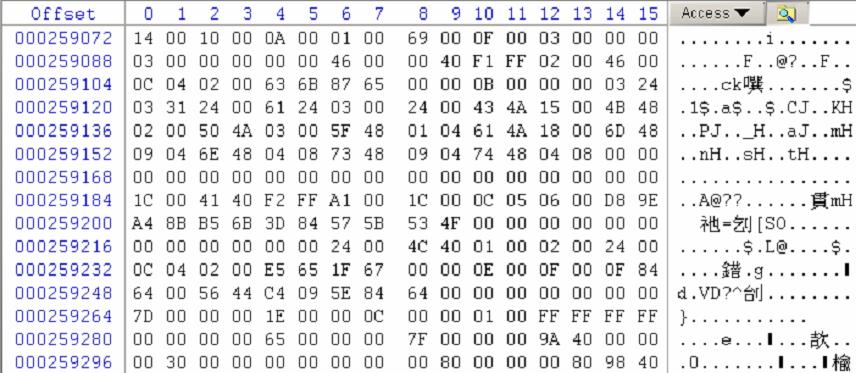







Comments are closed
Sorry, but you cannot leave a comment for this post.